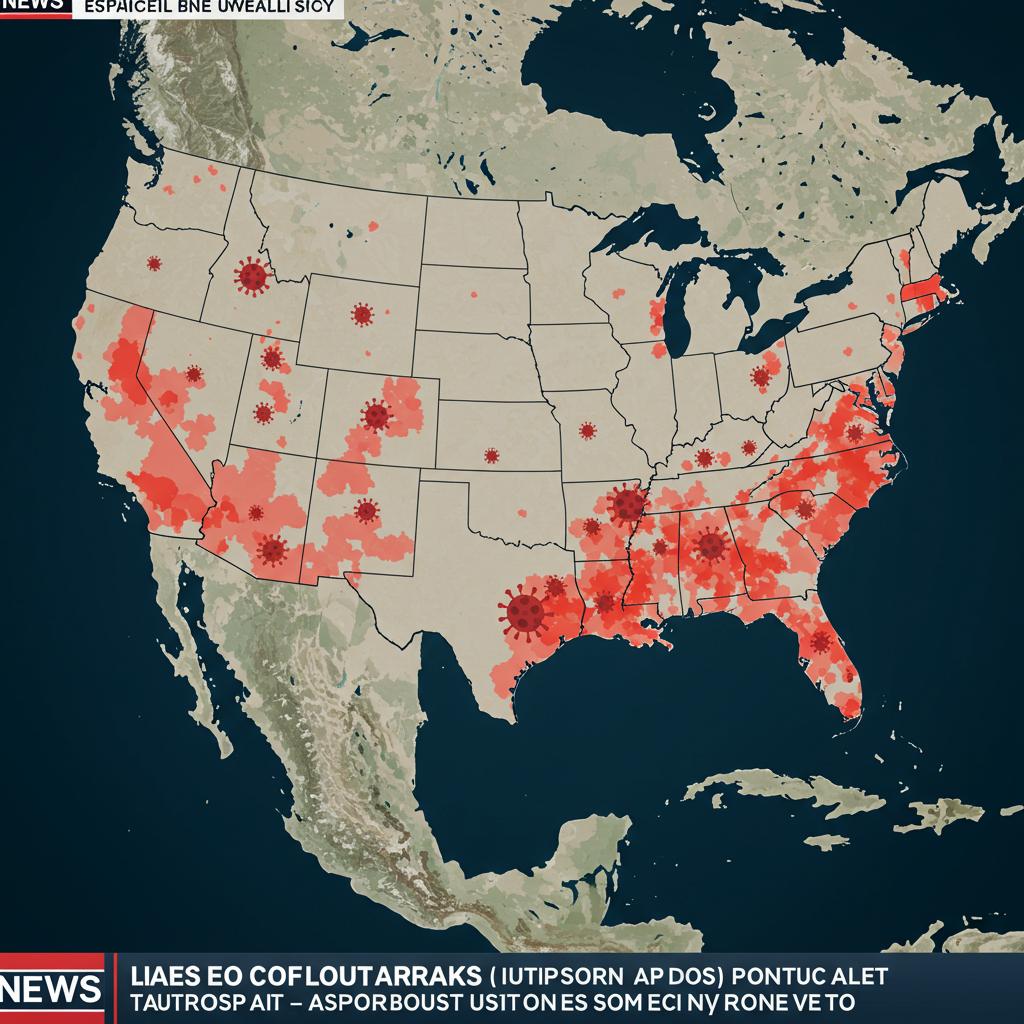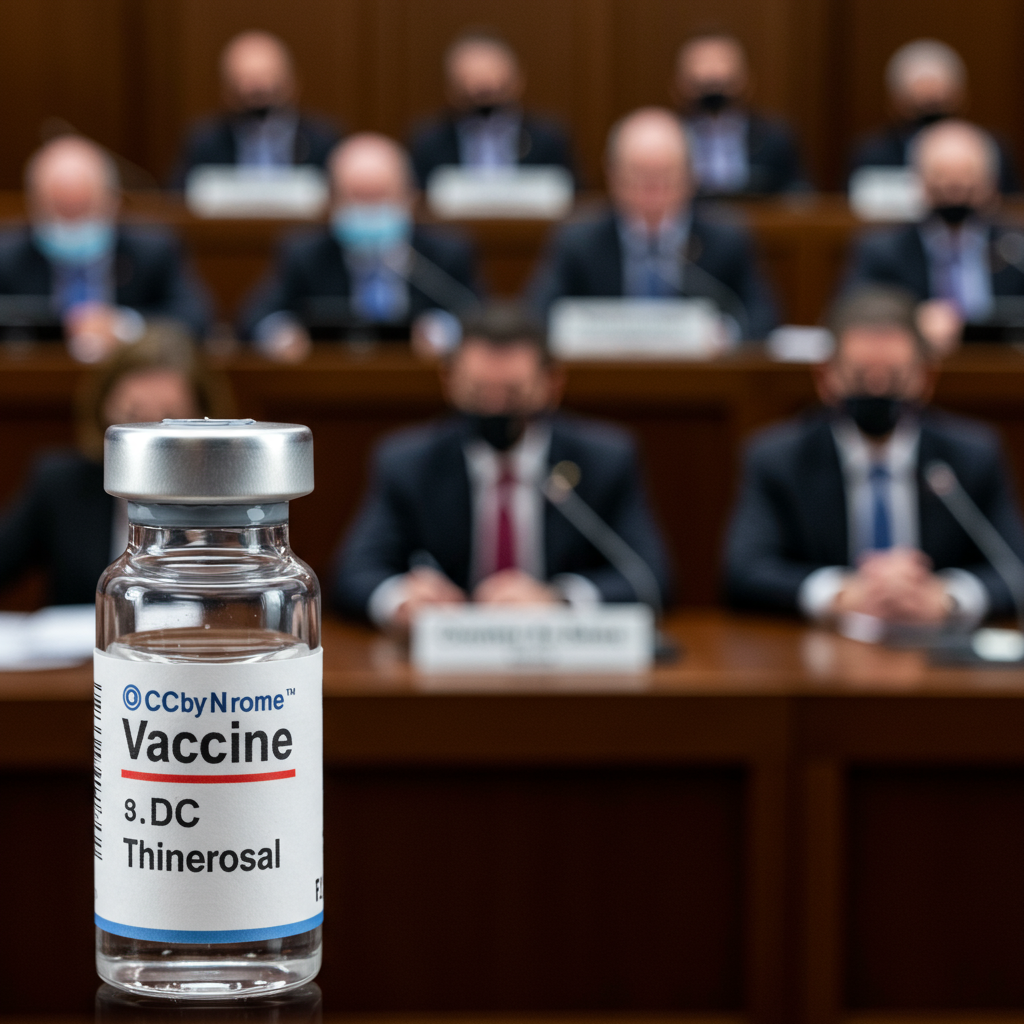The United States achieved a major public health victory in 2000, declaring measles eliminated. For two decades, the highly contagious disease was largely kept at bay, with outbreaks remaining small and contained. However, a dramatic surge in cases during 2025 is now putting this hard-won status in serious jeopardy, triggering urgent warnings from health experts nationwide. The current situation represents a significant setback, highlighting the critical importance of maintaining high vaccination rates against this potentially deadly illness.
The Hard-Won Fight Against Measles in the US
Measles, a highly contagious viral illness, was once a common childhood disease responsible for widespread sickness and death. Its trajectory in the United States changed dramatically with the introduction of an effective vaccine.
Achieving Elimination
A measles vaccine was first licensed in the early 1960s. Later, a recommendation for a second dose was added in the late 1980s, significantly boosting immunity levels across the population. This robust vaccination effort led to a historic public health achievement. In 2000, the U.S. officially declared measles eliminated. This status doesn’t mean the virus vanished entirely; instead, it signifies the absence of continuous, year-round transmission within the country for 12 months or more. While cases could still occur, they were typically isolated incidents or limited outbreaks stemming from international travel.
The Role of Vaccination
Vaccination has been the cornerstone of measles control. Health professionals currently recommend children receive two doses of the MMR vaccine. This combination vaccine protects against measles, mumps, and rubella. The standard schedule advises the first dose between 12 and 15 months of age, followed by the second dose around the time a child starts kindergarten. Experts emphasize the vaccine’s incredible effectiveness in preventing measles infection and severe outcomes.
Unprecedented Surge: Cases Skyrocket in 2025
The success story of measles elimination is facing a severe challenge in 2025. Data shows a startling increase in reported infections. As of July 7th, the Johns Hopkins Center for Outbreak Response Innovation confirmed 1,277 measles cases across the U.S. This figure is not just high; it has already surpassed the total of 1,274 cases recorded throughout all of 2019, which was previously the highest annual count since elimination was declared. What makes this number particularly alarming is that it was reached with roughly half the year still remaining, suggesting the final count will be substantially higher.
Where Outbreaks Are Occurring
Unlike previous years where cases were predominantly linked to international travel, 2025’s surge is fueled by local transmission within the U.S. A significant portion of the current cases are tied to a large, ongoing outbreak centered in West Texas, specifically within an undervaccinated community. This single outbreak accounts for over 750 confirmed cases since late January 2025. Smaller outbreaks are also impacting other states. New Mexico has seen nearly 100 confirmed cases, while Kansas has reported more than 80.
Shift from Imported Cases
Historically, post-elimination measles cases in the U.S. primarily occurred when an unvaccinated or under-vaccinated traveler contracted the disease abroad and brought it back home. These imported cases would sometimes lead to small, contained outbreaks. However, experts note that this pattern has shifted this year. The sheer scale and spread of the current outbreaks, particularly the large one in Texas, indicate significant community transmission is now occurring in pockets with low vaccination coverage. This shift signals a more dangerous phase for measles control in the country.
Experts Raise Alarm: Threat of Measles Becoming Endemic
The rapid increase in cases has triggered deep concern among public health officials and medical experts. Jennifer Nuzzo, director of Brown University’s Pandemic Center, stated they are “deeply worried” about the current situation. Dr. S. Wesley Long, medical director of microbiology at Houston Methodist, issued a stark warning. He stated the U.S. is currently “at risk for measles becoming endemic again.” This means the disease could establish continuous transmission cycles within the country, losing its elimination status.
What “Elimination” Really Means
It’s crucial to understand that measles “elimination” differs from “eradication.” While smallpox was eradicated globally, measles was never fully eliminated worldwide. The goal for countries like the U.S. has been elimination – stopping sustained transmission within their borders. This status depends on maintaining extremely high levels of population immunity. If immunity drops in specific areas, the virus can re-establish itself.
Why Endemic Measles is a Danger
Measles becoming endemic again in the U.S. would have significant consequences. It would mean regular, potentially widespread outbreaks are possible, instead of rare, contained events. This would strain healthcare systems and pose a constant threat, especially to vulnerable populations. Maintaining elimination protects not just individuals but the entire community, particularly those who cannot be vaccinated.
The Real Cost: Severe Complications and Deaths
Measles is far more than just a rash. Experts describe it as a “terrible disease” capable of causing severe, lifelong complications. These can include pneumonia, encephalitis (inflammation of the brain), blindness, and hearing loss. While often considered a childhood illness, measles can affect anyone of any age who is not immune.
Tragically, the 2025 surge has already led to fatalities in the U.S. Three measles-related deaths have been reported this year: two children in Texas and one adult in New Mexico. Notably, all three individuals who died were unvaccinated. These three deaths equal the total number of measles deaths reported in the U.S. over the preceding two and a half decades combined, underscoring the severity of the current outbreak and the preventable nature of these tragedies.
The Critical Role of Vaccination and Herd Immunity
Health professionals universally agree that vaccination is the most effective defense against measles. The two-dose MMR vaccine series provides exceptionally high levels of protection. However, the effectiveness of vaccination at a community level relies on widespread coverage.
Why Vaccination Rates Matter
Measles is highly contagious, spreading easily through the air when an infected person coughs or sneezes. A non-immune person sharing the same airspace has a 90% chance of becoming infected. Herd immunity, also known as community immunity, occurs when a large percentage of the population is vaccinated. This makes the spread of disease unlikely, protecting even those who are unable to be vaccinated themselves. When an infected person enters a community with high vaccination coverage, the virus hits a wall of immunity and cannot spread easily. However, in communities with low vaccination rates, “pockets of susceptibility” exist. These undervaccinated groups act as “tinder,” allowing the highly transmissible virus to cause “explosive outbreaks,” as described by experts.
It’s Never Too Late to Vaccinate
While childhood vaccination on the recommended schedule is ideal, experts stress that it is almost always not too late for older children or adults to catch up on their MMR shots if they missed them. Getting vaccinated remains the best way to protect yourself and contribute to the herd immunity that protects others, including infants too young for the vaccine and individuals with weakened immune systems who cannot safely receive it.
Protecting Your Community: What You Need to Know
The current measles surge is a critical reminder of the importance of vaccination. Preventing further spread and protecting the U.S.’s elimination status requires collective action.
Review your vaccination records or those of your children. If you or your family members are not fully vaccinated against measles, talk to a healthcare provider about getting caught up. Vaccination is safe, effective, and readily available. Staying informed about local outbreak situations and following public health guidance is also essential. Measles is a serious, preventable disease, and maintaining high community immunity is key to keeping it under control.
Frequently Asked Questions
What is the US measles elimination status and why is it threatened now?
The U.S. achieved measles elimination status in 2000, meaning there hasn’t been continuous, year-round transmission within the country since then. This status is threatened in 2025 because the number of confirmed cases has surged dramatically. As of July 7th, 2025, cases surpassed the previous high since 2000 (1,274 cases in 2019), demonstrating significant community transmission is occurring, particularly in areas with low vaccination rates.
Where are the major measles outbreaks happening in the US currently?
While cases are appearing in various locations, a large, ongoing outbreak centered in an undervaccinated region of West Texas accounts for a significant portion of the national total in 2025. Other states are also experiencing smaller, but concerning, outbreaks. New Mexico has reported nearly 100 cases, and Kansas has seen over 80 confirmed infections this year.
How effective is the measles vaccine and who should get it?
The MMR vaccine, which protects against measles, mumps, and rubella, is highly effective, especially after receiving two doses as recommended. Health professionals recommend children get their first dose at 12-15 months and the second around kindergarten age. Most older children and adults who haven’t been vaccinated or didn’t receive both doses should also get vaccinated. Vaccination is crucial for protecting individuals and contributing to herd immunity, which shields vulnerable people like infants and those with weakened immune systems.
Conclusion
The unprecedented surge in U.S. measles cases during 2025 poses a clear and present danger to the country’s hard-won elimination status. With case numbers already exceeding previous highs and outbreaks spreading, the threat of measles becoming endemic again is real. Experts are sounding the alarm, emphasizing the severity of the disease and the tragic consequences, including the recent deaths of unvaccinated individuals. The good news is that measles is preventable. Maintaining high vaccination coverage through the safe and effective MMR vaccine is the single most important strategy to halt the spread, protect vulnerable populations, and prevent the resurgence of this dangerous illness. Checking your vaccination status and getting vaccinated is a vital step in safeguarding both your health and the health of your community.




